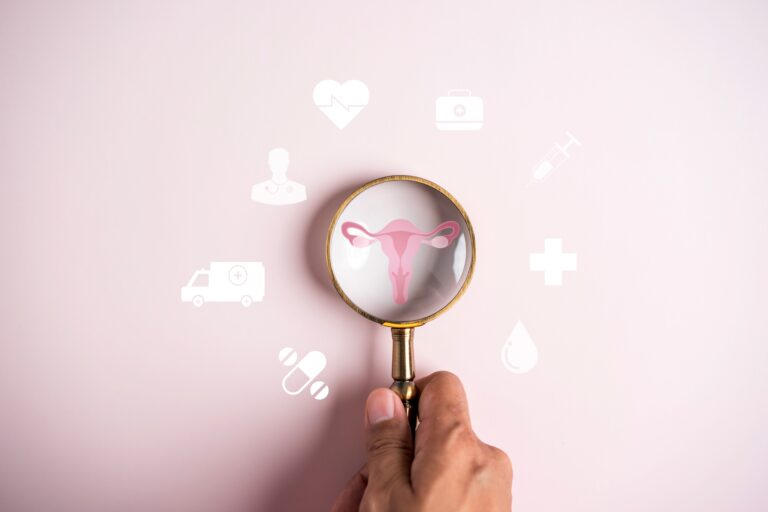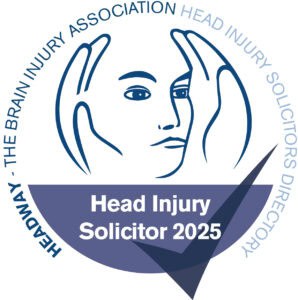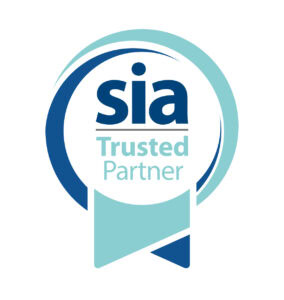
Informed consent in maternity care: a crucial aspect of birth trauma claims
This year’s Birth Trauma Awareness Week focuses on an often-overlooked aspect of women’s healthcare: informed consent. Understanding and exercising informed consent in maternity care is not just a legal right but a cornerstone of women’s autonomy and dignity. As a solicitor specialising in women’s health compensation claims, I’m deeply aware of the profound impact birth trauma can have on a woman’s life and her desire, if not ability, to have any more children. So, I want to explain what informed consent entails, why it is crucial in the context of childbirth, and how it intersects with birth trauma compensation claims.
But first, to understand the importance of informed consent in maternity care, we need to understand what birth trauma is.
What is birth trauma?
Birth trauma is any physical or emotional distress experienced during or after childbirth by the birthing parent or the infant. It can be caused by interactions, events, or care that are perceived as unsafe or overwhelming.
Birth trauma can have short and/or long-term negative impacts on the health and wellbeing of the affected individuals. It may include stillbirth, premature birth, babies born with cerebral palsy caused by oxygen deprivation and life-changing injuries to women as the result of severe tearing causing a lifetime of pain and bowel incontinence.
What is informed consent?
Consent to treatment means a person must give permission before they receive any type of medical treatment, test or examination. It’s an important part of medical ethics and human rights law.
To be valid, consent must be:
- Voluntary – the decision to either give or withhold consent to treatment must be made by the person and must not be influenced by pressure from medical staff, friends or family.
- Informed – the person must be given all the information about what the treatment involves, including the benefits and risks, whether there are reasonable alternative treatments, and what will happen if treatment does not go ahead.
- Understood – the person must be capable of giving consent, which means they understand the information given to them and can use it to make an informed decision.
If an adult has the capacity to make a voluntary and informed decision to consent to or refuse a particular treatment, their decision must be respected. This is still the case even if refusing treatment would result in their death or the death of their unborn child.
The importance of informed consent in maternity care
Maternity care poses specific challenges in relation to informed consent.
Firstly, it involves the most intimate and socially sensitive parts of a woman’s body. Examinations of these body parts can be experienced as particularly invasive; much more so than the care provider, for whom these examinations are routine, appreciates. Sadly, violation of these intimate body parts without consent is a widespread degrading, humiliating and dehumanising occurrence. The medical setting cannot escape this association. This means that extra care is needed to ensure one only touches these body parts with consent.
Secondly, a woman in labour is not passively undergoing a procedure but is actively doing something: she is giving birth. She could perceive interference and requests for communication as interventions that adversely affect the labour process. Care providers may therefore be reluctant to worry women with discussion and information. At the same time, unexpected touch or intervention, especially in relation to intimate body parts, can have dramatic effects in labour, and women can also suffer as a result of not having been involved in decision-making. Finding the right balance between respecting autonomy and bodily integrity by obtaining consent while avoiding unnecessary disturbance is a key practical challenge in maternity care.
Thirdly, maternity care involves the health and interests of two individuals, only one of whom can give or withhold consent. Even if a procedure is solely focused on the health of the baby, it is the mother who has the ultimate authority to consent, decline or seek an alternative.
Informed consent is needed throughout the maternity journey because it:
- Empowers: It ensures women have control over their own bodies and the birthing process.
- Creates trust: It builds a foundation of trust between the patient and healthcare provider.
- Improves safety: It helps in avoiding unnecessary interventions and promotes safer outcomes for both mother and baby.
- Gives respect: It acknowledges and respects the patient’s autonomy and personal values.
Lack of informed consent – a common thread in birth trauma cases
The absence of informed consent is a common thread in many birth trauma cases, according to the All-Party Parliamentary Group (APPG) on Birth Trauma. This chimes with my experience as a solicitor specialising in women’s health compensation claims where I have seen that an absence of informed consent can manifest in several ways:
- Uncommunicated interventions: Procedures such as episiotomies, forceps deliveries, or emergency C-sections performed without explicit consent.
- Inadequate information: Not providing sufficient information about the risks and benefits of proposed treatments or interventions.
- Overriding patient wishes: Ignoring or overruling a patient’s birth plan without clear, urgent medical justification.
In emergency situations, where there is immediate danger to the mother or baby’s life and the mother is incapacitated (for example she is unconscious), doctors may proceed without formal consent, though the reasons why treatment was necessary should be fully explained once they have recovered. At other times, the high-stress environment of labour and delivery can sometimes lead to lapses in the informed consent process, with potentially devastating consequences, as is often the case with perineal tearing.
Perineal tearing and informed consent
While giving birth vaginally, some women sustain perineal tearing. In about 5% of these women, the tear involves the anal sphincter. These are known as third- or fourth-degree tears and referred to as obstetric anal sphincter injuries (OASIs). They can have serious short- and long-term physical and psychological consequences.
OASI can cause chronic pain, bowel and/or urinary incontinence and pelvic organ prolapse (when an organ such as the uterus or bladder descends into the vagina). The impact on a woman’s quality of life can be enormous and include sexual dysfunction and difficulties in their relationship with their partner, a negative effect on body image, difficulties in bonding and developing a relationship with their child, an inability to work due to incontinence and the need for multiple surgeries over the course of many years, financial problems due to the inability to work, psychological distress, including depression and suicidal feelings, as well as a loss of confidence, an inability to carry out normal everyday activities such as going shopping, taking exercise or socialising with friends.
The two biggest risk factors for OASI are first vaginal birth and instrumental (assisted) birth. The risk of OASI is nearly six times higher with forceps, and three times higher with Ventouse, than with spontaneous vaginal delivery. There are other risk factors too, including prolonged second stage of labour, persistent occipito-posterior position (baby is “back-to-back”), baby’s birthweight is greater than 4kg, older maternal age, South Asian ethnicity, precipitate labour (baby is born quickly), shoulder dystocia (the baby’s shoulder gets stuck behind the pubic bone), short maternal stature.
Pregnant women are often unaware that OASI might happen when they give birth vaginally or what the consequences of OASI might be. They are often not informed about their specific risks of OASI, or the risks related to the use of forceps and Ventouse. They are often not offered an alternative method of delivery in the light of these risks, such as delivery by Caesarean Section. It is sometimes only many years later that incontinence or prolapse from OASI can emerge for the first time or become unmanageable.
Informed consent and birth trauma compensation claims
As a solicitor specialising in women’s health compensation claims, I have seen the profound impact that birth trauma can have on women and their families. Birth Trauma Awareness Week is a reminder that no woman should have to endure the long-term consequences of a traumatic birth experience without recourse.
Understanding your rights around informed consent is the first step towards seeking justice and support. As a solicitor dedicated to advocating for women’s health, I am here to support you in navigating this challenging journey.
If you believe your birth trauma was a result of inadequate informed consent and you would have avoided the trauma if you had been fully informed of the risks, you may have grounds for a legal claim. Here are the key steps involved:
- We will listen to your story, explore funding options and arrange funding.
- We will gather all the medical records related to your pregnancy, labour and delivery.
- We will review the medical records and get independent medico-legal expert opinion.
- If there is sufficient evidence, we will prepare the court documents and start formal court proceedings seeking compensation for your injuries and trauma.
If you or someone you know has experienced birth trauma and believe it could have been avoided, please get in touch with one of our friendly and knowledgeable solicitors to see how we can help. At Bolt Burdon Kemp we have a team of medical negligence solicitors with particular interest in helping women who have suffered an injury either through childbirth, as a result of a delayed diagnosis of women’s cancers, gynaecological issues and issues relating to fertility.
Birth Trauma Awareness Week 2024 is an initiative run by The Birth Trauma Association, the only charity in the UK solely dedicated to supporting women and families who have experienced traumatic birth.
“About 3.1% of all vaginal births result in obstetric anal sphincter injuries (OASI)- roughly 14,000 a year in the UK. This is likely to be an underestimate, however, because so many tears are missed, with one study estimating the incidence is about 10% of all women who give birth vaginally.” Birth Trauma Inquiry Report for Publication, May 2024










